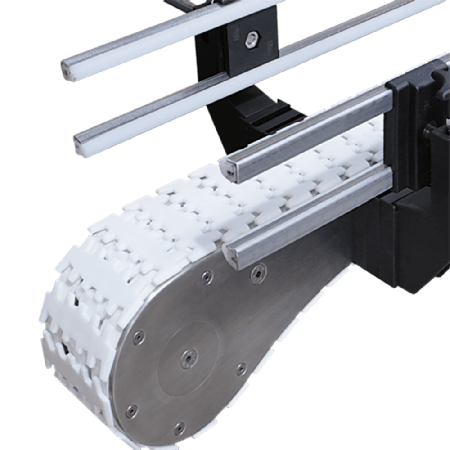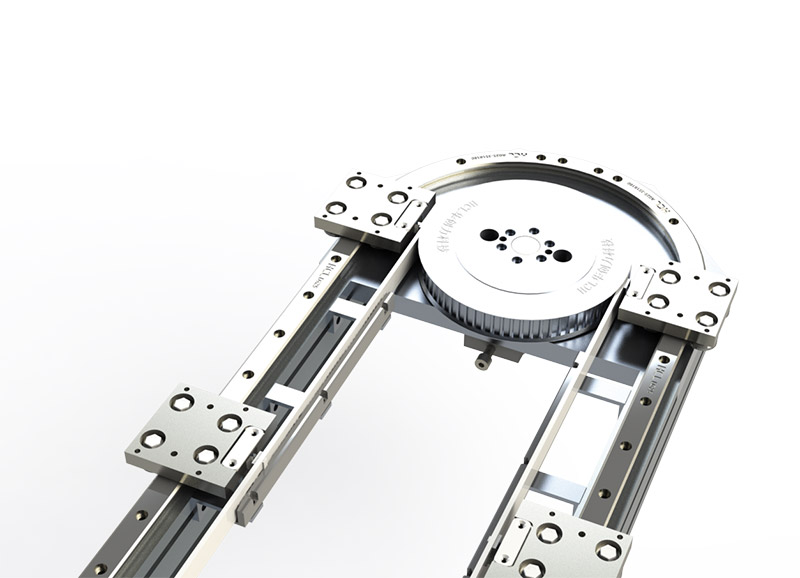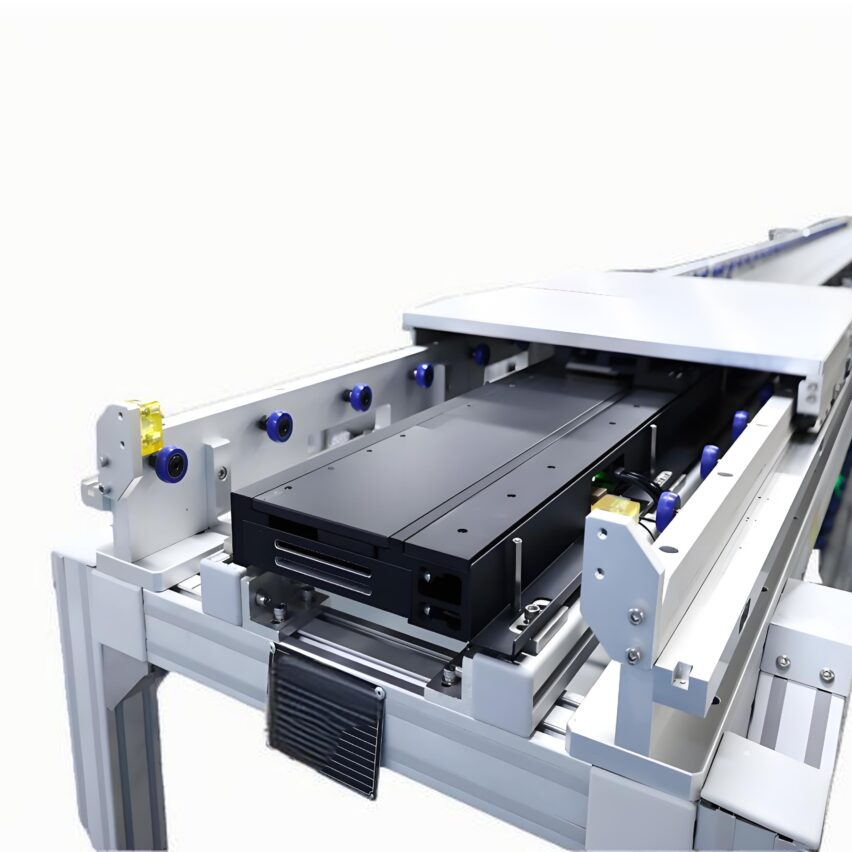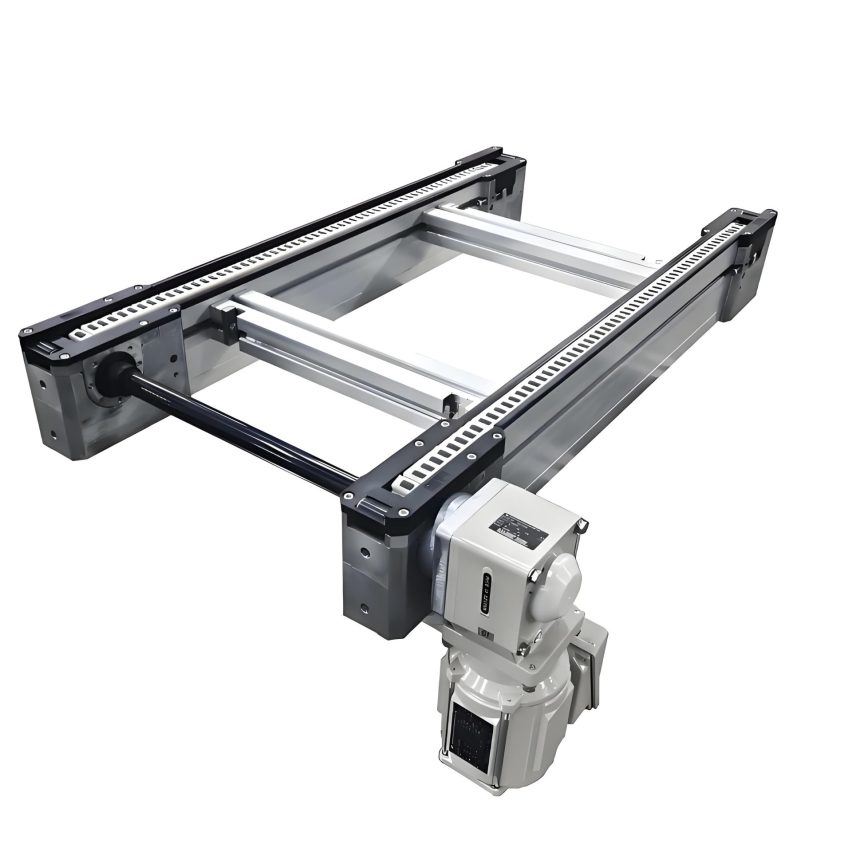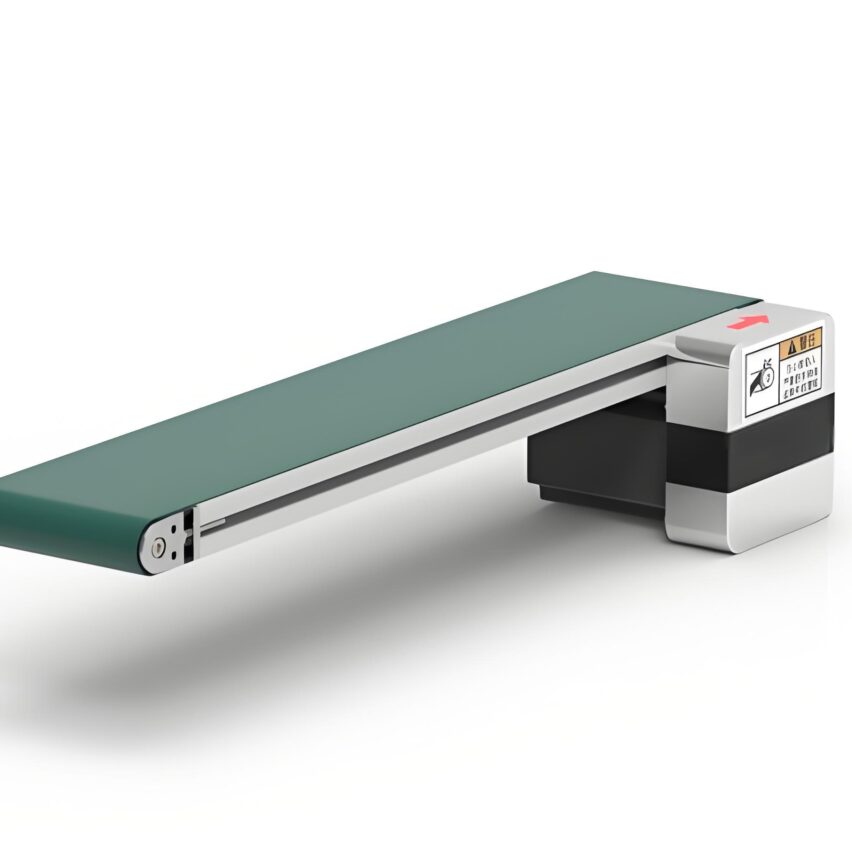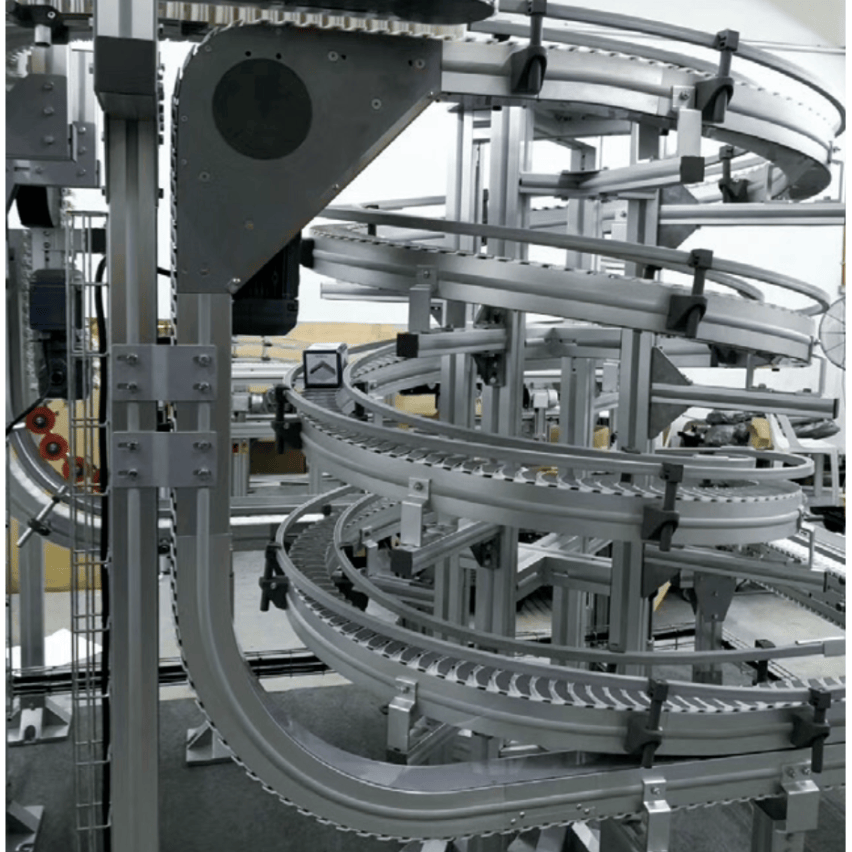Save land 30% also reduce costs? Shed handling neck problem _ ring motor independent control position to solve the problem of saving 180,000 yuan per year
(Title rule: {question word}{scenario pain point}_{solution/core value} + embedded data)
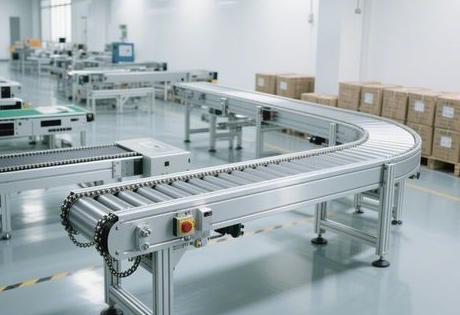
At four in the morning, Shouguang vegetable farmer Lao Wang stared at the greenhouse piled up into a mountain of tomato baskets fretting: The channel is blocked by the wheelbarrow, workers stooped over the trolley trampled seedlings, picking fresh fruit in the handling of pressure injuries and rot ... This is the daily epitome of the millions of greenhouse growers. Why has traditional handling become the "Achilles' heel" of modern agriculture? When the hanging ring motor conveyor systemWith 0.1mm-level positioning accuracy and independent carriage schedulingBreaking the dilemma, a revolution in space and efficiency is quietly happening in the shed.
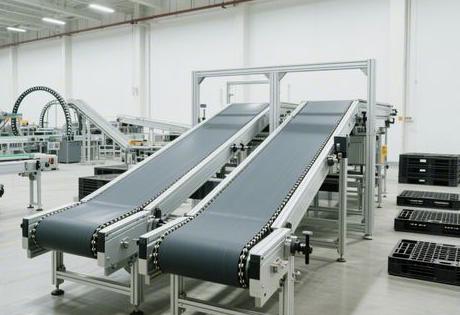
First, the pain point tearing: the traditional handling of the triple "blood loss point"
- The space squeeze: Trolleys/railcars take up 40% of channel width, 70m shed manual round trip takes 15 minutes, 40% time wasted on handling during peak period, 15% loss per acre of planting area.
- the black hole of human power: A base in Shandong research shows that 10 acres of shed area daily average of 6 people to carry, the annual labour cost of more than 240,000 yuan, and the difficulty of recruitment is rising year by year.
- Quality is compromised.: Fruit and vegetable handling damage rate of 8%, the decline in freshness led to a reduction in the purchase price of 20%, missed opportunities for high-end markets.
Second, the breakthrough tool: the three major innovations of the ring motor conveyor system
(1) Spatial Reconfiguration - From Horizontal Encroachment to Vertical Suspension
- Zero footprint trackI-beam rails suspended along the roof arch, 2.5 metres from the ground to free up all floor space and compress the width of the passageway from 1.5 metres to 0.8 metres.Planted area upgraded by 22%.
- Liftable hook: Coil spring automatic contraction structure, the hook shrinks to a high position when idle, to avoid interfering with personnel work, single skid width is only 15cm.
case law: The elimination of ground tracks in the Beijing pilot greenhouses resulted in an increase in seedbed density of 151 TP3T and a reduction in worker walking paths of 401 TP3T.
(2) Independent control - intelligent scheduling of skidder groups "each in its own way".
- Dual-drive motor synergyThe head motor pushes the heavy baskets out of the shed, and the tail motor pulls the empty baskets into the shed, with independent forward and reverse drives to reduce no-load energy consumption.
- Genetic algorithms to prevent blocking: Encoding transport paths as gene strings (e.g., E1 → U3 is encoded as 0103), and eliminating conflicting schemes by means of a fitness function.Pallet Waiting Time Reduction 67%, 14 pallet/cycle efficiency gains of 40%.
- Modular carrier switching: Hook seconds for trays (potted plants), hanging baskets (fruit baskets) or spraying rods, with preset programme call rules for the central control panel.
(3) Precise positioning - triple guarantee of 0.1mm level accuracy
| technical means | anti-interference measures | Precision Improvement Effect |
|---|---|---|
| electromagnetic shielding | Aluminium-magnesium alloy housing + twisted signal cable | Conducted Interference Reduction 90% |
| Encoder Filtering | Optoisolator + Low Pass Filter | Pulse loss rate approaching 0 |
| inertial navigation | MEMS gyroscope compensates for rail vibration | Accumulated error <0.1mm/10m |
real time data: After the application of Jiangsu strawberry greenhouse, the deviation of conveyor positioning is controlled within ±3mm, and the damage rate of fruits and vegetables is reduced from 8% to 1.5%.
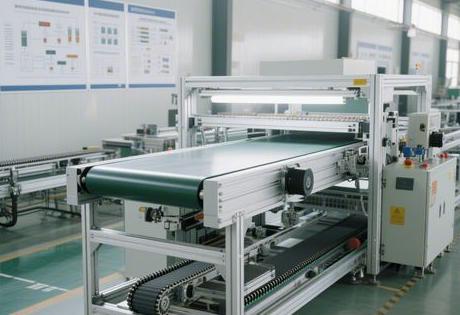
III. Cost Accounts: From "Black Hole of Burning Money" to "Engine of Cost Reduction"
- Manpower savings: 10 acres of shed transport manpower from 6 to 1 person to monitor.Annual wage savings of $180,000.
- Energy consumption optimisation: Energy recovery technology converts mechanical energy into electrical energy, with a mu average daily power consumption of 0.2kW-h, saving 35% compared to electric railcars.
- Premium Gain: Freshness enhancement drove up the purchase price by 15%, increasing the annual income of a single shed by more than 120,000 yuan.
IV. Evolutionary blueprint: from single-shed intelligence to agricultural factoryisation
- digital twin preview: Build virtual greenhouses through BIM+IoT, dynamically adjusting the skidder speed profile to suit the crop harvesting wave;
- Integration of optical storage and charging: Roof-mounted photovoltaic panels (conversion rate 23%) on the skidder with DC24V/20Ah Li-ion battery, with a sunny day energy self-sufficiency of 70%;
- cluster brain control system (CBCS)The central scheduling algorithm automatically assigns tasks when multiple sheds are linked, forming the "harvesting → transport → sorting" whole chain unmanned.
The shed is still busy at night, but the figure of the rickshaw is no longer visibleThe suspension trolley travelled silently and stopped precisely in front of the seventh row of tomato stands. Suspension skid steers silently shuttles, accurately docked in front of the seventh row of tomato racks, the mechanical arm will be full of baskets of fruit hung on the hook. Old Wang in the mobile phone screen scratch command, a new trip to the empty basket has been reversed into the shed. "The original planting, really do not need people and vehicles to grab the road" - when the technology returns to the people-oriented, agriculture can be removed from the heavy, lightly loaded to go forward.




